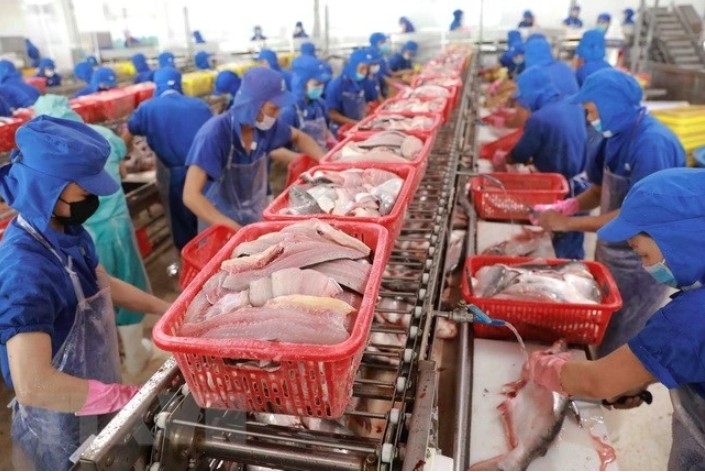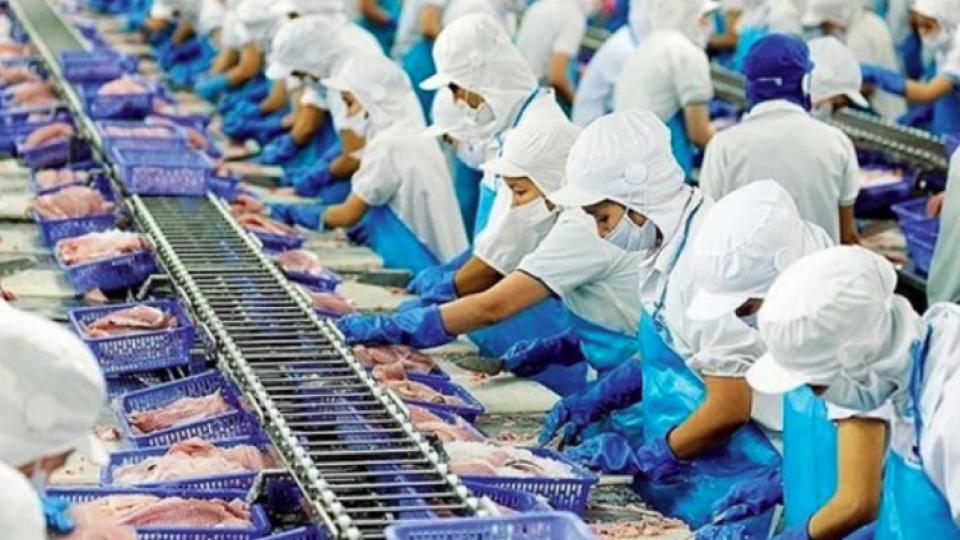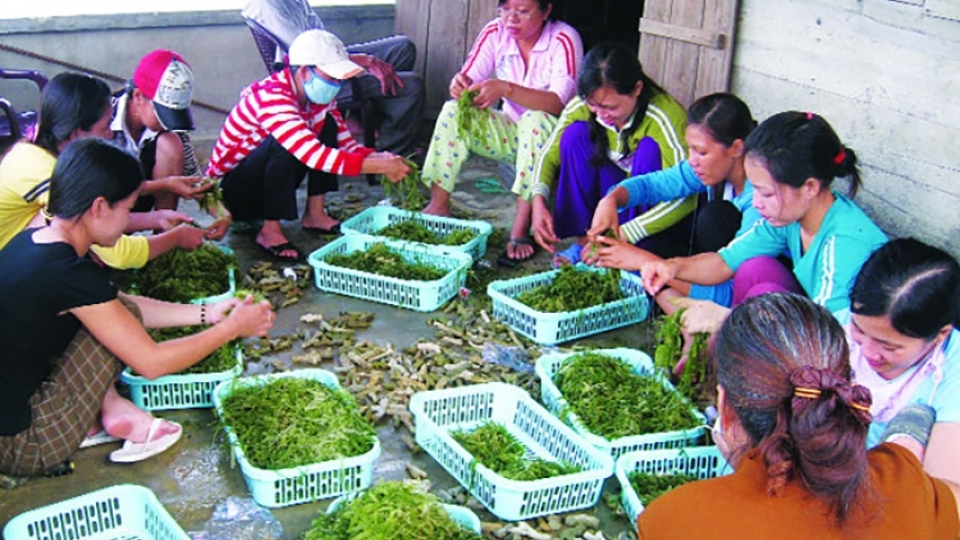Seafood exports to Brazil soar, topping all markets in first half of 2025
VOV.VN - Vietnam’s seafood exports reached US$5.16 billion in the first half of 2025, up 16.9% year-on-year, with Brazil posting the highest growth among major markets at 71.3%.
According to the Ministry of Agriculture and Environment, seafood export turnover in June alone was estimated at US$950 million, bringing the total for the first half of 2025 to US$5.16 billion, a 16.9% increase compared to the same period in 2024.
China, the US, and Japan remained the top three importers, accounting for 19.6%, 18.2%, and 15% of the total, respectively. Among the 15 largest export destinations, Brazil posted the strongest growth in seafood imports from Vietnam, with a 71.3% surge.
Brazil is seen as a promising market for Vietnamese Tra fish (pangasius). Le Hang, Deputy Secretary General of the Vietnam Association of Seafood Exporters and Producers (VASEP), stated that Brazil is the second-largest aquaculture producer in Latin America, with an annual output of about 900,000 tons, of which tilapia makes up roughly 65%.
However, local aquaculture production cannot fully meet Brazil’s diverse consumer demand, especially for products like salmon, cod, shrimp, and whitefish. Each year, Brazil imports between US$1.4 billion and US$1.5 billion worth of seafood, focusing primarily on high-end items from Chile (salmon) and Vietnam (pangasius).
In 2025, the seafood sector targets total export earnings of US$10.5 billion, up 4.3% year-on-year. Amid global market fluctuations, the Ministry of Agriculture and Environment has called for exporters to diversify their markets and strengthen trade promotion with a particular focus on partners in the Middle East, ASEAN, Oceania, and Latin America.
Currently, 26 Vietnamese seafood companies, including Hung Ca, Cadovimex, Nam Viet, and Hoang Long, are operating in Brazil. With shifting global trade dynamics and growing demand for alternative markets, Brazil’s recent reopening to Vietnamese pangasius and tilapia exports presents a valuable opportunity to boost earnings and move toward the goal of reaching US$15 billion in bilateral trade by 2030.
To maximize export opportunities in Brazil, Le Hang recommended that exporters stay updated on import regulations, particularly concerning phosphate levels and quarantine procedures, and adapt their products accordingly. She also emphasized investing in value-added processing, such as marinated or ready-to-cook pangasius, and participating in trade fairs and promotion campaigns with support from Vietnam’s trade office in Brazil.
Sustainable certification, traceability, and environmental compliance will be key to meeting Brazil’s strict standards. Overcoming technical barriers and improving product quality will be essential for Vietnamese seafood exporters seeking to tap into this high-potential South American market.
Vietnam and Brazil are working to raise two-way trade to US$10 billion by 2025 and US$15 billion by 2030. As the largest trading partner of Vietnam in South America, Brazil offers ample room for Vietnamese seafood firms to expand their footprint. The ongoing Vietnam–Mercosur FTA negotiations, in which Brazil is a member, could result in tariff advantages that enhance competitiveness against rivals like India and Thailand.





